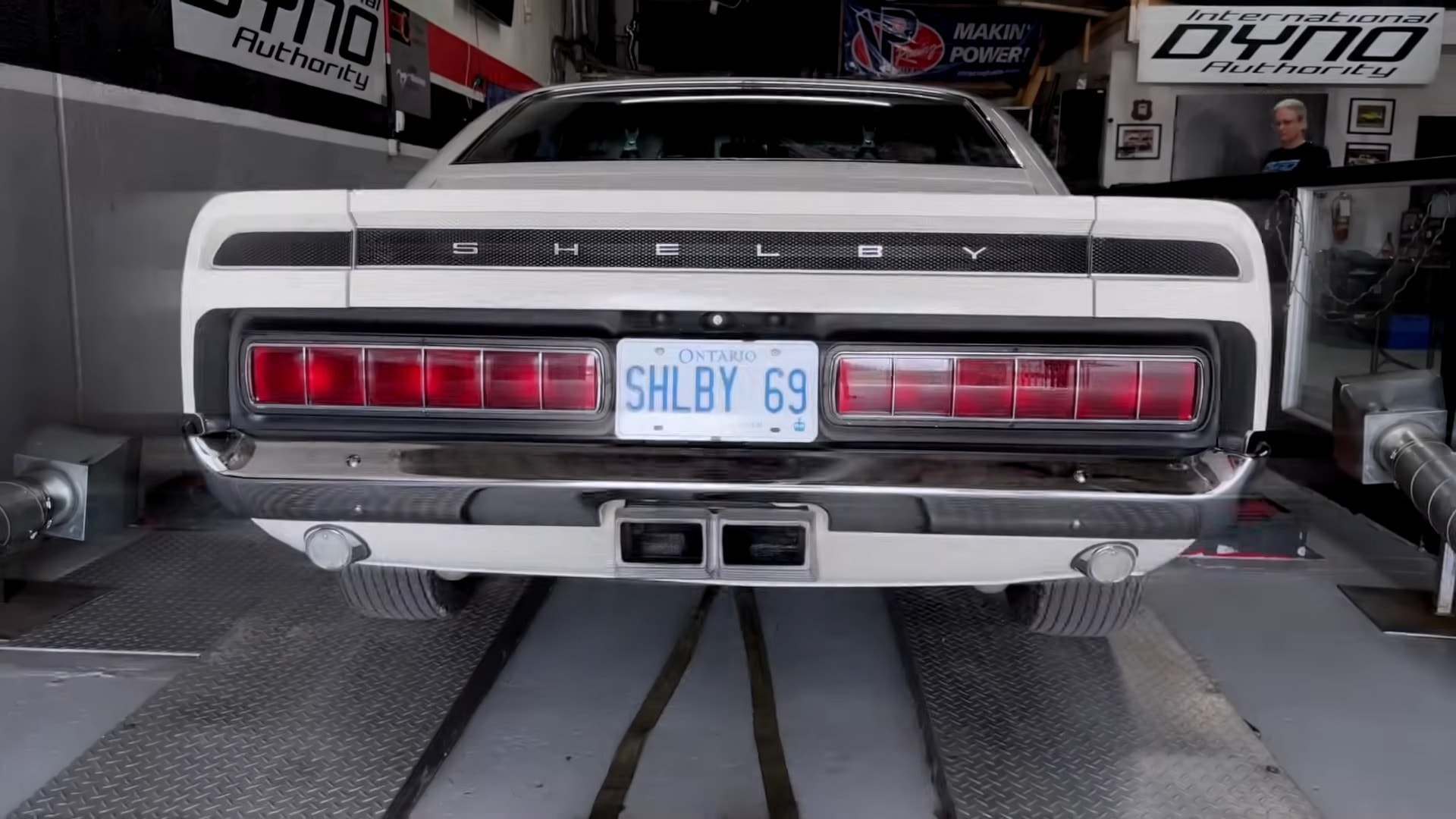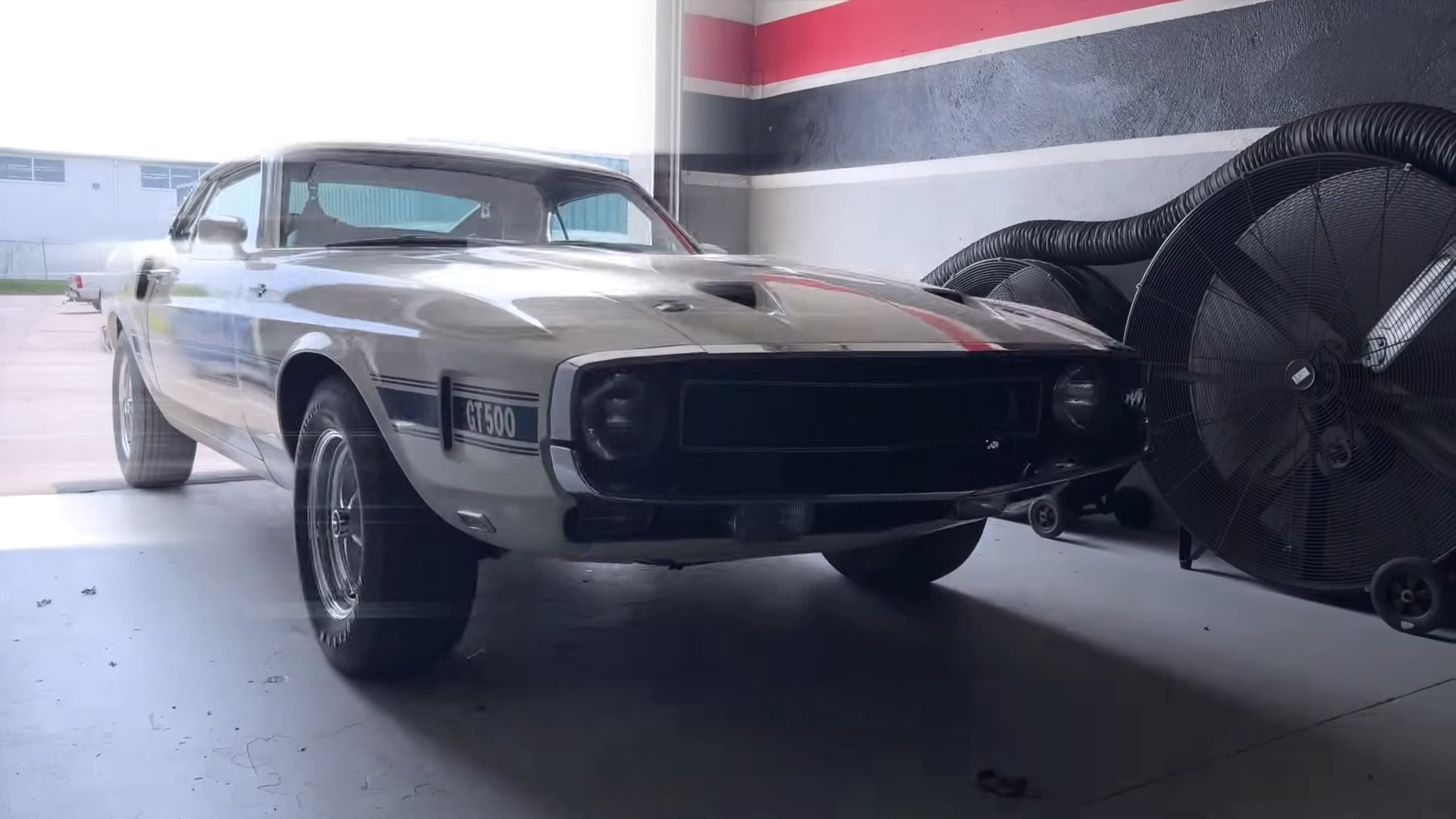You’ve probably heard the saying, “The real Shelby Mustangs ended in 1968.” While it’s true that 1969 marked the final year of production for these legendary pony cars, it’s important to note that Ford executives had a significant influence on the development of the 1969 Mustangs, particularly the high-performance models. This raises the question: How powerful were these cars in reality?
Many believe that Shelby Mustangs were significantly more powerful than their official ratings suggest. Some argue that manufacturers, including Ford, deliberately underrated their performance vehicles to avoid higher insurance premiums.

This practice was common among Detroit automakers, as they sought to outmaneuver insurance companies. To truly understand the true power of these cars, we would need a time machine to transport a 1969 GT500 to a modern dyno.
However, by examining the power ratings of other high-performance cars from the era, such as the Camaro ZL1, Corvette L88, and Hemi-powered Mopars, it becomes clear that the horsepower figures listed on paper may not have told the whole story.
The 1969 Shelby Mustang, a legendary muscle car, has always been shrouded in mystery. With only 3,150 units produced, and a significant portion sold the following year, information on these cars is scarce.
The GT500 fastback, the most popular variant, is the most likely candidate for a survivor example. One such car, with a mere 32,300 miles on the clock, recently underwent dyno testing to reveal its true power.

However, the results were initially disappointing, with the engine producing significantly less power than expected. After meticulous tuning, the car finally reached its full potential, delivering impressive figures that exceeded Ford’s original claims.
This discovery sheds light on the true capabilities of these iconic muscle cars and challenges the conventional understanding of their performance.

